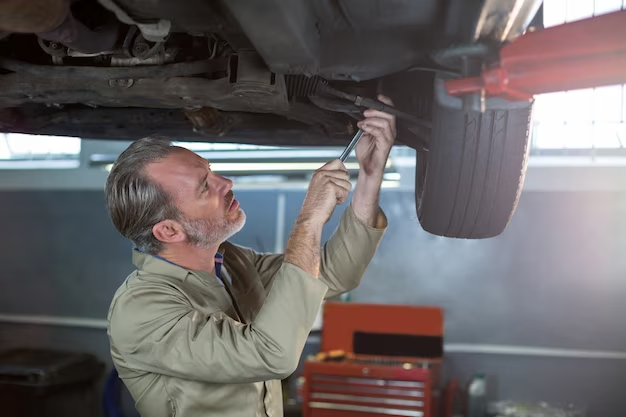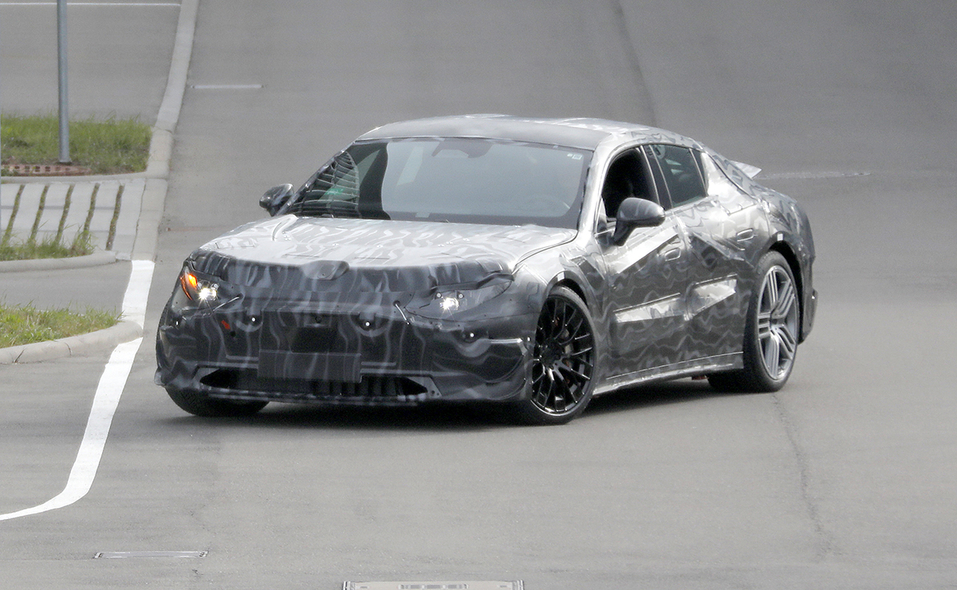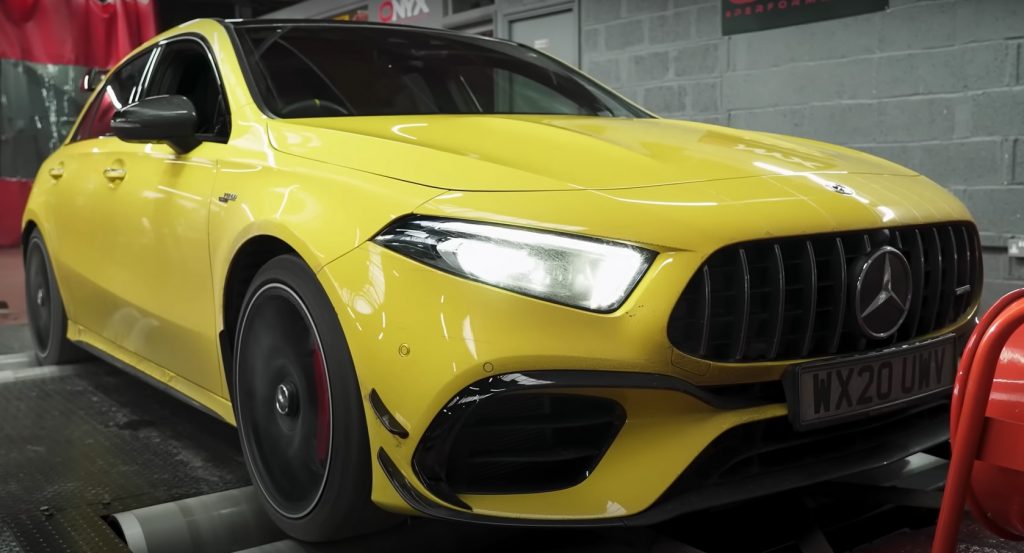A catalytic converter is an essential component of modern cars, which primarily functions to combat environmental pollution. Its main task is to process exhaust gasses containing harmful substances in order to reduce emissions into the atmosphere. Inside the catalytic assembly, chemical reactions occur that convert nitrogen oxides, hydrocarbons, and carbon monoxide into less harmful compounds such as nitrogen, water, and carbon dioxide.

Over time, the part becomes contaminated, which causes its degradation. In this case, it must be replaced as soon as possible. However, instead of just throwing the spare part away and harming the environment, you can sell your old converter at a good value. Autocatalyst is a platform where you will find Mercedes and Subaru catalytic converter scrap value as well as on many other brands.
Why is throwing the catalytic converter away a bad idea?
Simply throwing away the used or worn catalytic converter is an unacceptable and undesirable course of action due to several reasons related to its composition and impact on the environment:
Hazardous substances. These parts contain certain metals such as platinum, palladium, and rhodium, which act as active catalysts in chemical reactions. Such metals are very expensive and, naturally, rare. They are also potentially hazardous to health and the environment. Therefore, by throwing it away, we create the risk of releasing metals that can pollute the soil, water, and air.
Increased environmental impact. Irresponsible disposal increases the overall environmental impact associated with producing new parts. Production requires significant amounts of energy, resources, and raw materials. Therefore, recycling and reusing such parts is preferable from an environmental and sustainability perspective.
Recyclable. These parts contain valuable metals that are recovered and reused. Recycling can reduce the need to extract new resources and reduce environmental impacts.
That’s why it’s important to know ways to minimize your environmental impact, conserve valuable resources, and ensure a cleaner, healthier future.
What affects wear?
To understand when it is time to recycle a used converter, it is necessary to consider the factors that affect the wear of this part.
- Low quality of fuel used results in oil components settling on the grid.
- Errors made during the assembly and installation of individual components can lead to interruptions in operation.
- The presence of flaws in the engine design can prevent the fuel from burning completely and it can clog the neutralizer cells with residues, thereby significantly worsening its throughput.
Also, one should not discount the possibility that the spare parts could have been of poor quality from the get-go, which resulted in a significant increase in the load on the engine and chassis. As a result, the intensity of vehicle operation has also increased, which means that harmful exhausts are produced in large volumes, clogging the converter.


























